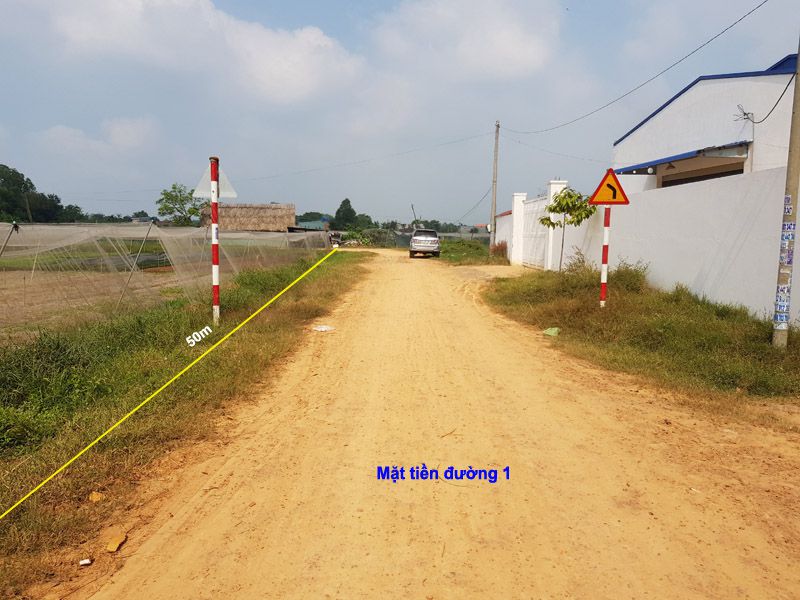

To achieve my aim, I assessed four research objectives:ġ) Evaluate how socio-economic drivers and legal frameworks affect the level of protection of marine turtles worldwide Ģ) Identify and understand the conservation conflicts that impact marine turtle protection initiatives in the Caribbean basin ģ) Assess the historical and current demographic status of marine turtle stocks in the Gulf of Venezuela andĤ) Study the scale of use, cultural component and value of marine turtles to Wayuú Indigenous people, especially as a medicinal resource. Hence, in this thesis I evaluate human dimension aspects that affect the conservation status of marine turtles, and to improve our understanding of the relationships among human societies and wildlife conservation. In relation to marine turtle conservation, there are significant knowledge gaps in relation to people and their role in conservation. Numerous scholars have studied the relationship between poverty and its impact on the ecosystem condition, and the importance of environmental education and legal frameworks in successful conservation initiatives to improve enforcement and maintain relationships among traditional people and their environments. In part because we lack essential knowledge on species life-history, distribution or abundance, but also because threats are generally anthropogenic and we lack detailed understanding of the human dimensions of conservation. Five case studies of hunting related to positive or critical consequences to conservation are examined: Italy, Wetlands, Oregon (USA), the Safari Club International, and trophy hunting in sub-Saharan Africa. In any case, the aware hunter must contribute to conservation but also concern himself with the economic, social, and cultural problems of those who live in the areas within which he hunts. Trophy hunting needs special attention because there are several critical elements but also various reasons to support a coexistence with WLC. This includes anti-poaching surveillance, monitoring, local community projects that seek improvement in residents’ social conditions (economic and cultural), and coexistence with ecotourism. The most significant with regard to its impacts on wildlife, on the environment, and on local communities is ICH. Typical hunter figures are described: venator dominus (owners, etc.), venator socius (associated to a specific district), and venator emptor (who buy rights from time to time). Four forms of coexistence between hunting and WLC are examined: non-impactful, impactful and eliminatory, impactful but resilient, and impactful but contributory hunting (ICH).


Thảo nguyên bao la vắng lặng và vô cùng lạnh giá khi màn đêm buông xuống nhưng lại vô cùng ấm nồng bởi tình cảm hiếu khách kỳ lạ của những người dân du mục.

Đó còn là những trải nghiệm khó quên giữa sa mạc cát mênh mông: ngủ trong những túp lều ger tròn, cưỡi lạc đà hai bướu Bactria, loại lạc đà chỉ có ở đây. Trên sa mạc lớn nhất châu Á và lớn thứ 4 trên thế giới này, mỗi ngày Gobi lại mở ra trước mắt lữ khách một khung cảnh rất khác, với những thảo nguyên mênh mông, những núi đá vĩnh cửu, những thung lũng đẹp như tranh vẽ với mảng màu sọc cam, vàng, đỏ kỳ lạ như những Cappadocia ở Thổ Nhĩ Kỳ. Thậm chí, có người còn gọi đó là “giấc mộng hoang đường”, như cách nói về hành trình chinh phục sa mạc Gobi ở Mông Cổ trong số báo kỳ này. Trong đời người, ai cũng sẽ trải qua một hành trình vĩ đại.


 0 kommentar(er)
0 kommentar(er)
